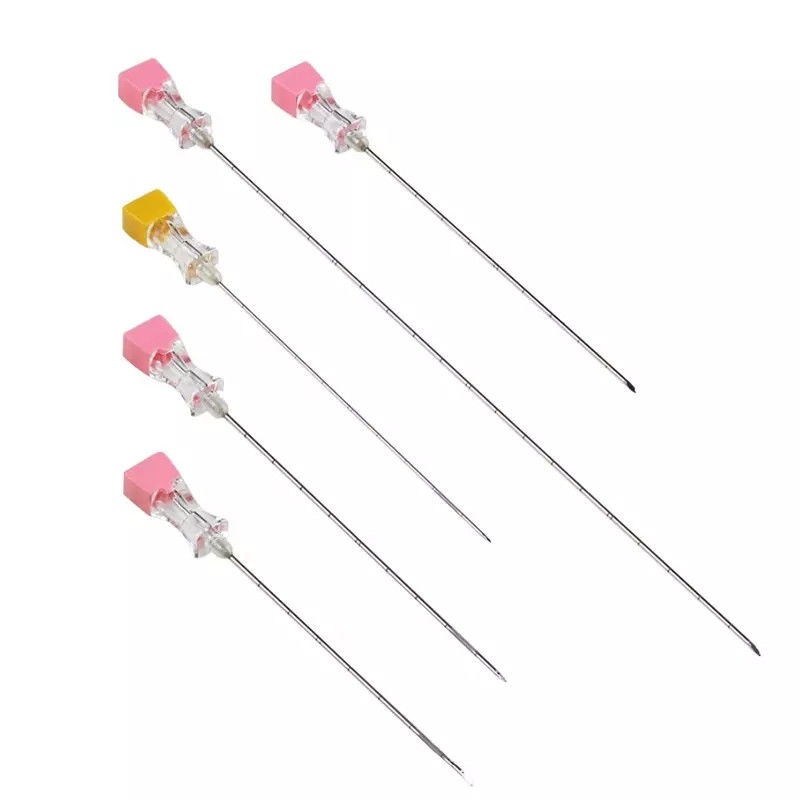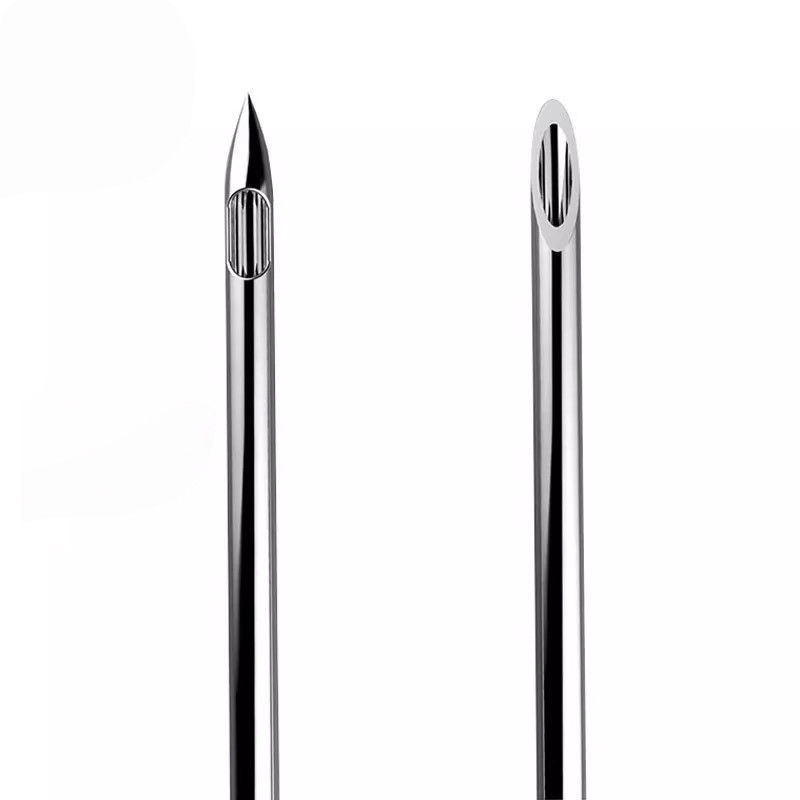
Disposable Spinal Anesthesia Needle Quincke Tip And Pencil Point Spinal Needle
-
Highlight
Disposable Spinal Anesthesia Needle
,Quincke Tip And Pencil Point Spinal Needle
,Spinal Anesthesia Needle 0.25mm-38mm
-
NameSpinal Needle Quincke Tip & Pencil Point
-
PropertiesInjection & Puncture Instrument
-
MaterialMedical Grade Stainless Steel
-
SizeCustom Size, OD 0.25mm-38mm
-
FeatureEco-friendly
-
ColorAny Color
-
UsageHospital Medical
-
SampleAvailialbe
-
ApplicationClinic
-
Disinfecting TypeEO Gas
-
Place of OriginChina
-
Brand NameHenan Aile
-
CertificationCE
-
Model NumberSR111912
-
Minimum Order Quantity5000pcs
-
PriceNegotiable
-
Packaging Detailsindividually wrapped or customized
-
Delivery Time15-30days
-
Payment TermsL/C, T/T
-
Supply Ability1500000 Piece/Pieces per Month
Disposable Spinal Anesthesia Needle Quincke Tip And Pencil Point Spinal Needle
Disposable Spinal Anesthesia Needle Quincke Tip and Pencil Point Spinal Needle
Function:
1. Quincke Tip Spinal Needle:
- Design: The Quincke tip has a beveled cutting edge, which can make the needle penetrate tissues, including the dura mater (the outermost layer of the spinal cord covering), more easily.
- Intended Use: Quincke tip needles are commonly used for diagnostic and therapeutic spinal procedures, including spinal anesthesia and myelography.
- Advantages: They provide a relatively fast flow rate for medications due to the cutting edge, and they are often associated with a higher success rate of obtaining cerebrospinal fluid (CSF).
2. Pencil Point Spinal Needle:
- Design: The pencil point, also known as a "atraumatic" or "non-cutting" point, is designed to separate rather than cut through tissues. This design is intended to reduce the risk of post-dural puncture headache (PDPH), a common complication associated with spinal procedures.
- Intended Use: Pencil point needles are often chosen when minimizing trauma to the dura mater is a priority, aiming to reduce the risk of complications such as PDPH.
- Advantages: They are associated with a lower incidence of PDPH, which can be a significant consideration, especially in procedures involving young patients or those where post-procedure headaches are undesirable.
3. Special design will not hurt the hard spinal theca, close puncture hole automatically and reduce cerebrospinal fluid discharge.
4.Medical grade stainless steel.
5.Needle point enables smooth,sharpness,maximize,patient comfort.
6.Color coded hub by size for clear recognition.
| Name |
spinal biopsy needle |
| Material | PVC+ Stainless steel |
| Type | Quincke tip or pencil point |
| Color | Blue,Yellow,Green,Purple, etc. |
| Sterilized | EO gas,sterile,non-toxic,non-pyrogenic |
![]()
![]()
What needle is used for a spinal tap?
Introduction of the needle. The insertion is made with a lumbar puncture needle equipped with a stylet. In order to be manœuvred easily into the sacral canal, the needle must have some flexibility and therefore should be long: a 9 cm needle is perfect for this purpose (21 G × 9 cm).
What size is a spinal needle?
Spinal needles generally used today are 22 to 27 G, but sizes ranging from 19 to 30 G are available. The incidence of PDPH after spinal anesthesia performed with Quincke, an cutting needle, is 36% with 22 G needle, 25% with 25 G needle, 2% to 12% with 26 G needle, and less than 2% for smaller than 26 G needles.
Is spinal needle painful?
At the beginning of these procedures, you may experience a mild burning sensation at the injection site, while we are numbing the skin. After that you should only feel touch or pressure or very rarely a short electrical sensation going down your legs.


